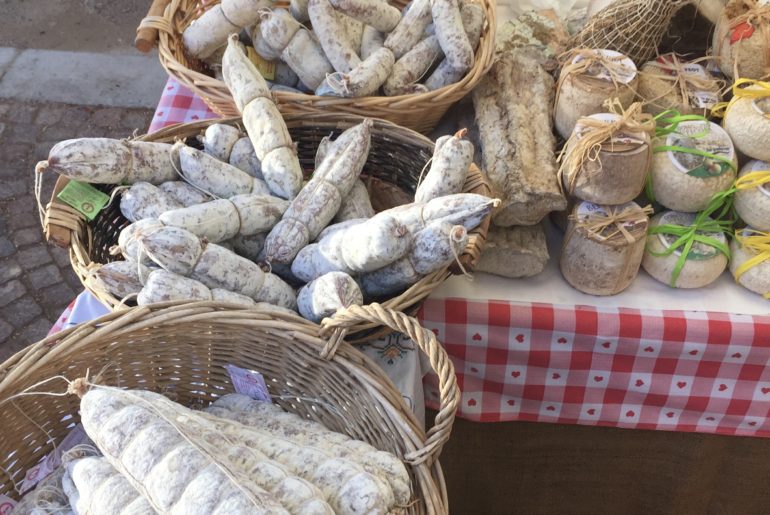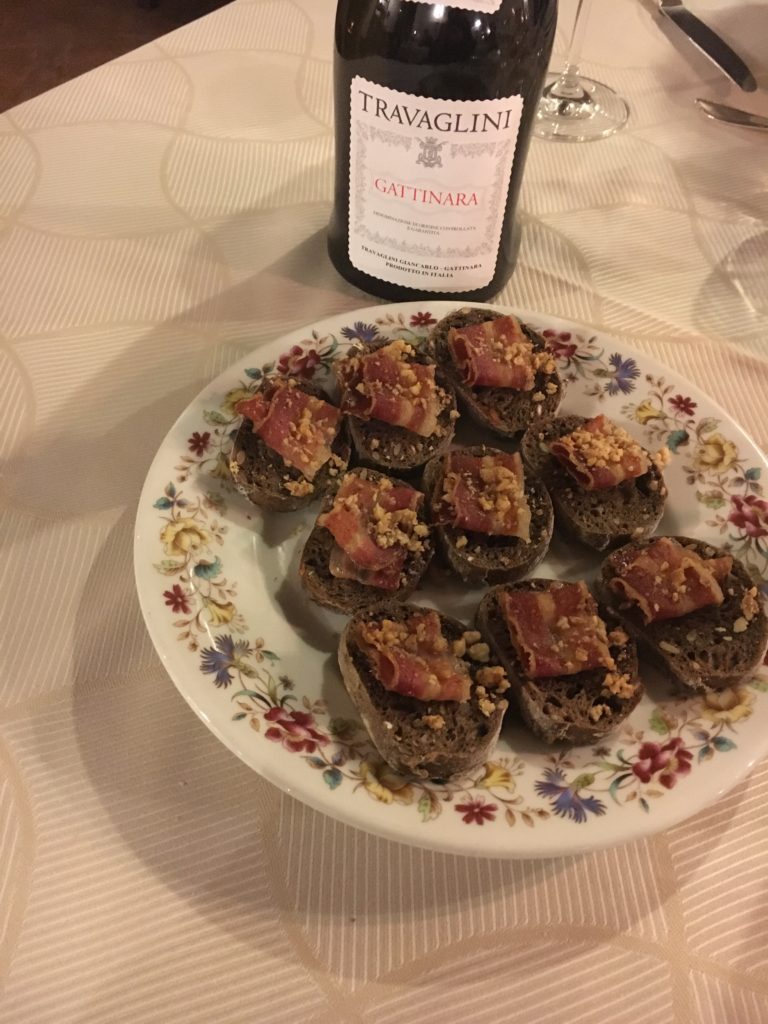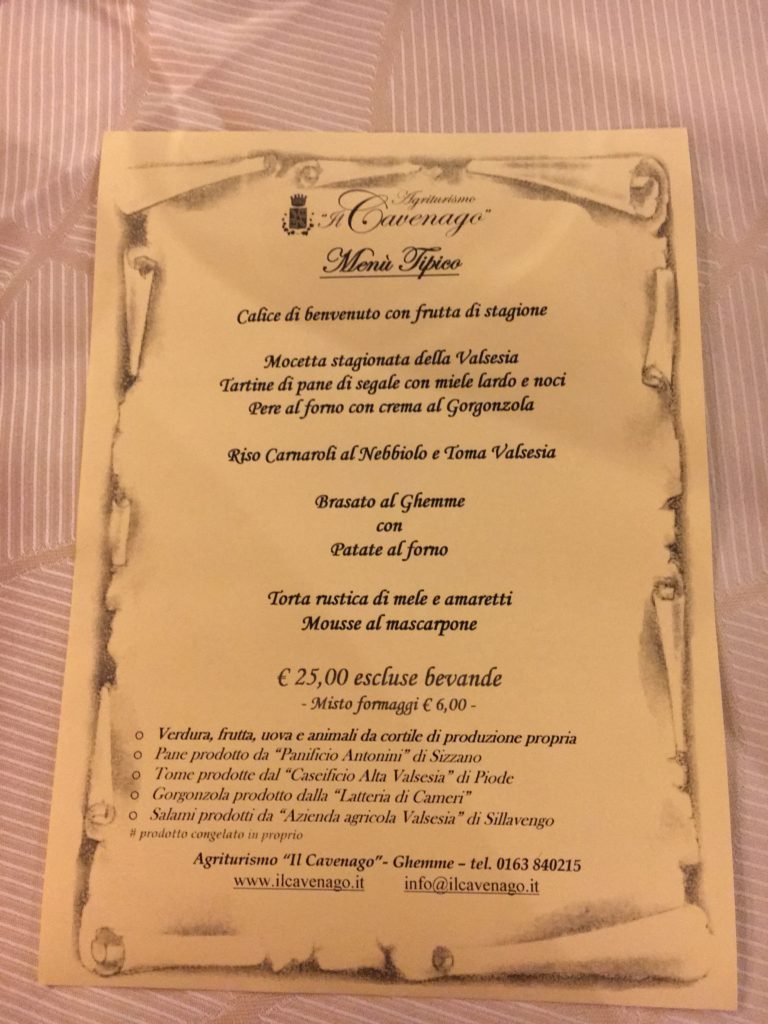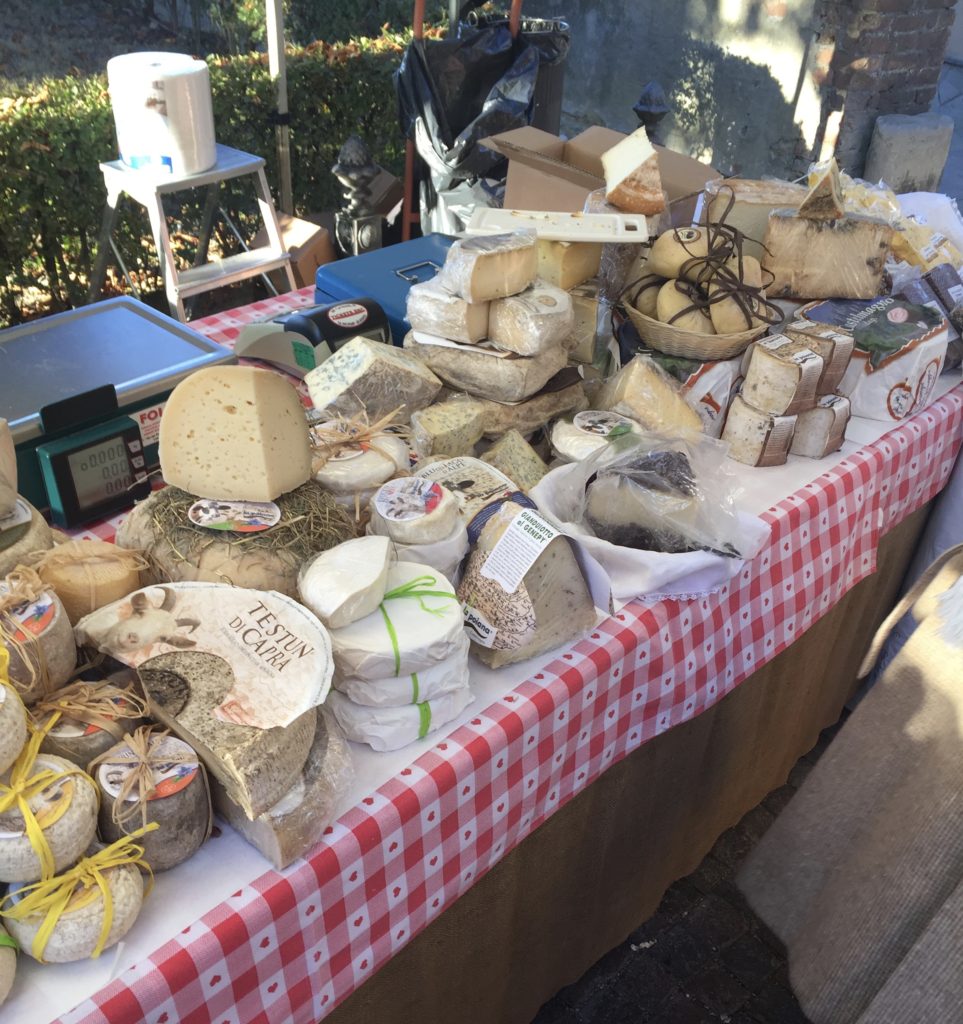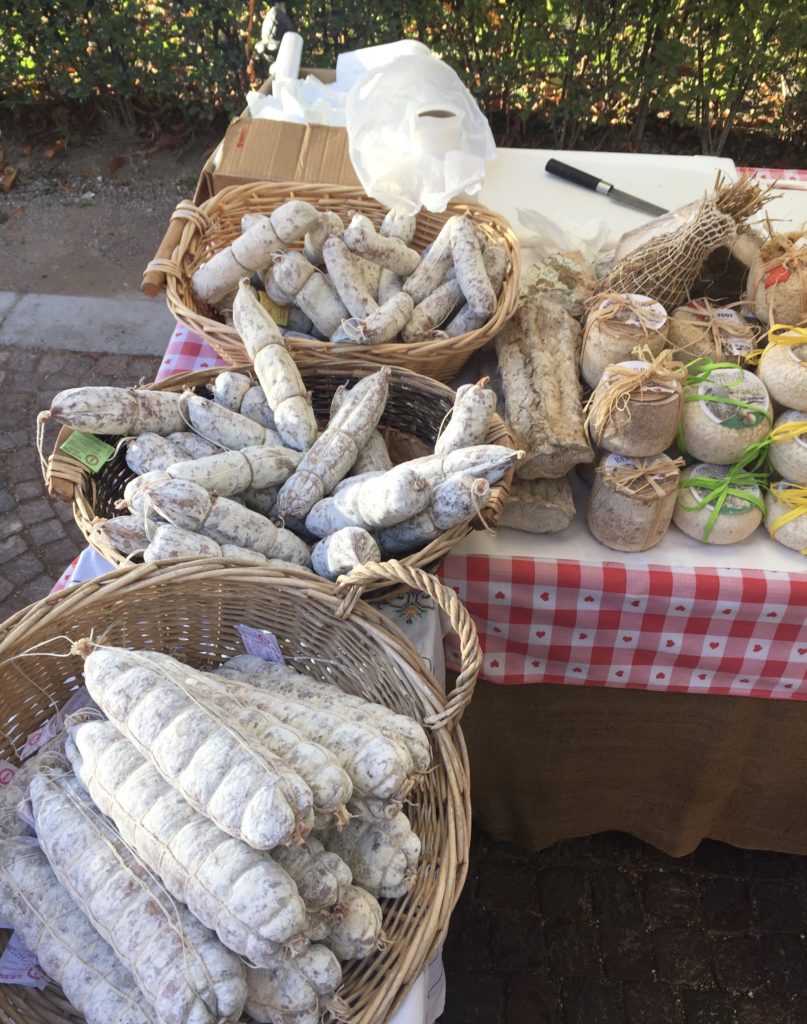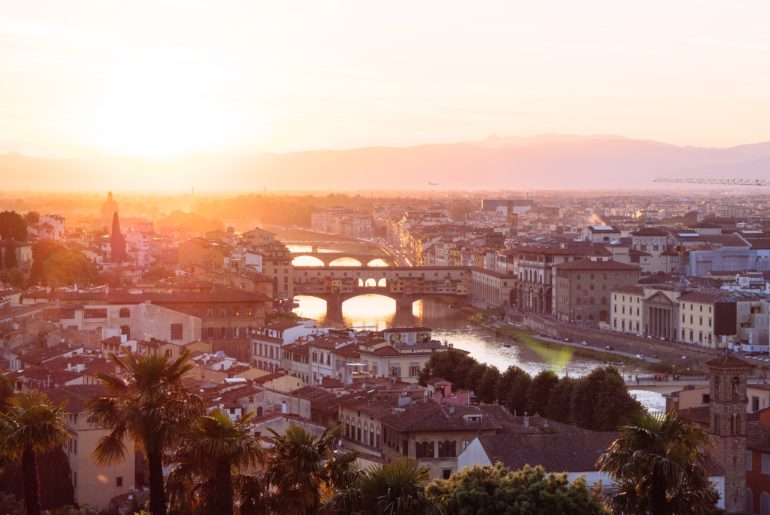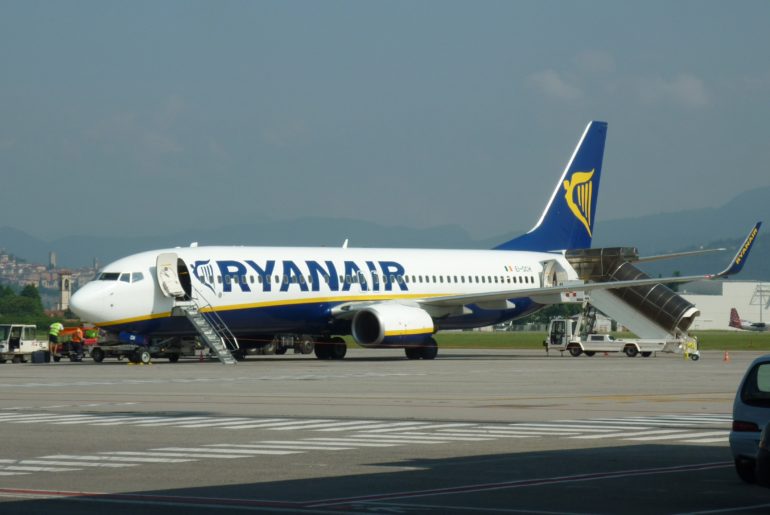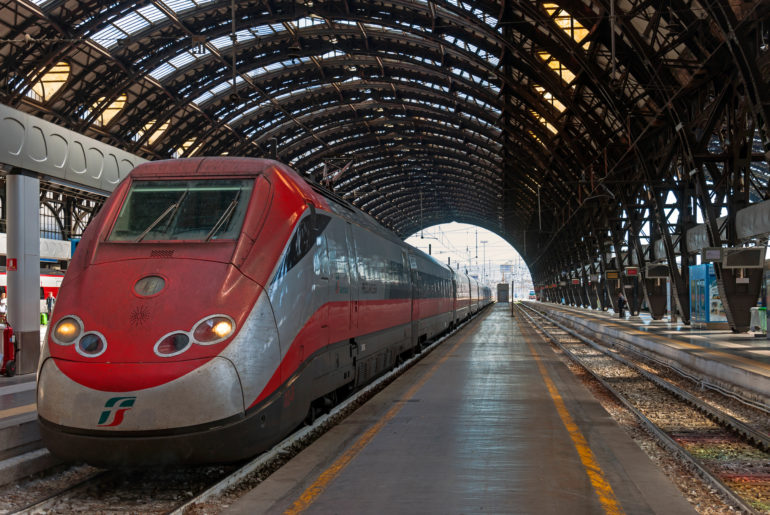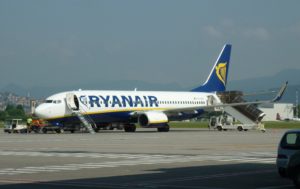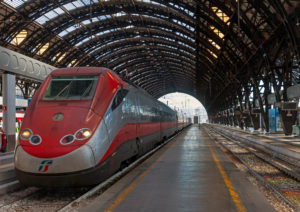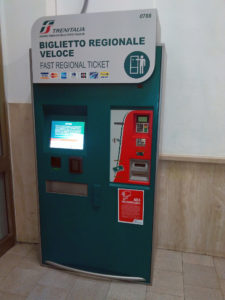It’s hard to talk about traveling in times like these. COVID-19 has hit Italy hard and every part of the world has been invaded by the virus. Even when you know that things will get better, in the back of your mind you know that things will never be the same.
More so in Italy where human contact is so much part of everyday life. How will Italians rally back from this epidemic? How will they act around others? More importantly how will they be able to cope with the heavy loss of lives?
Why Italy is Hit so Hard
Italy has been hit hardest for many reasons. Two major factors are: 1. Italians have close contact with people in their everyday life and 2. Italy has a very large aging population.
First of all, kissing, hugging, connecting with people physically is part of everyday Italian greetings and life in both formal and informal settings. As well, most Italians live within walking distance of their work, or use public transportation to access their activities.
Here in North America, we leave our house, jump in our car and drive to work in our bubble. We then work and jump back into our cars to head to our activities or shopping before taking our protective chariot home where we stay for the rest of the evening.
In Italy, daily routines involve being amongst crowds of people throughout the day. Italians engage in tens of interactions with neighbours, small businesses owners and casual acquaintances all through their day in addition to regularly spending home time with extended family and close friends. Shopping daily for groceries at the neighbourhood food store, enjoying a quick espresso at a bar counter before work, or just chatting in the streets or piazza with passerbys – Italians live and love to socialize.
Secondly, Italy has one of the world’s highest percentage of seniors. Italy’s population in 2017 had 35% of people over the age of 65 – the highest rate in Europe. In the last 20 years alone Italy’s seniors grew in population percentage from 22.5% to 30%. Italy overall has a population of 60 million people, approximately 20 million plus, who are seniors – all living in a country the size of the State of California.
Loss of Grandparents
These thousands of seniors that are dying are not only a great loss to their families. More importantly they are a tremendous loss to the younger generations. These older people are grandparents, uncles, and aunts to million and millions of adolescents.
In Italy, grandparents, great aunts and uncles have always been there to be the bridge between youth and their parents.
In the last 30 to 40 years, the Italian lifestyle and culture has had grandparents come out of “retirement” and help raise the grandchildren.
Many of these golden age citizens move in with their own sons and daughters. They, at the very least, move close by and contribute in shaping these youngsters. These youngsters on the other hand are instrumental in giving the older generation a purpose and a sense of belonging.
Life with Grandparents
I can look back at my youth and see how my grandparents shaped me. They educated me, played with me, shared their knowledge, and taught me to appreciate the generations before me.
I can’t imagine my youth without my nonni. Today I am who I am thanks to them. Yes, my parents were there for me always, but my grandparents were essentially as important – a cornerstone in my growing years.
Many of days spent at my nonni house happened because my parents were working or traveling. My nonni were always there to help. I could write a book on my many days spent with my nonni. Oh the many adventures that I had with them! The places we visited, the fun we had together, and the traditions, discipline and respect that they instilled in me will forever be a part of who I am.
Foundation of Upbringing
My nonni and their brothers and sisters were always around us kids, shaping us without us even knowing. The memories and the stories are the foundation of my upbringing.
To this day I phone my remaining great aunts and uncles in Italy monthly. Unfortunately, year after year there are less of them to call. At least I had decades of them in my life and now I find myself close to their children and their grandchildren because of that.
Great Loss
The question now is: How will these children’s lives be different now that they have lost their grandparents or great aunts and uncles to COVID-19? How will the Italian nuclear family function without the older generation to support them as they always have?
How will the final masterpiece differ now that key parts of the puzzle are missing? Where are they going to find answers? How will the new generations’ stories change now that they will not have the privilege of having their grandparents be a formative part their lives?
Things will get better and Italy will overcome this epidemic too, but will things be the same? For Italy, likely not as their future has been altered when COVID-19 eliminated many of the people that helped shape its past.
If you don’t know where you came from, how can you know where you are going? Your ancestors are your map.
The next generation of Italians now face a challenge. How do they remember their predecessors and learn how to cope without them? Moving on is never easy. Even while things get back to “normal”, it certainly will not be the same.



